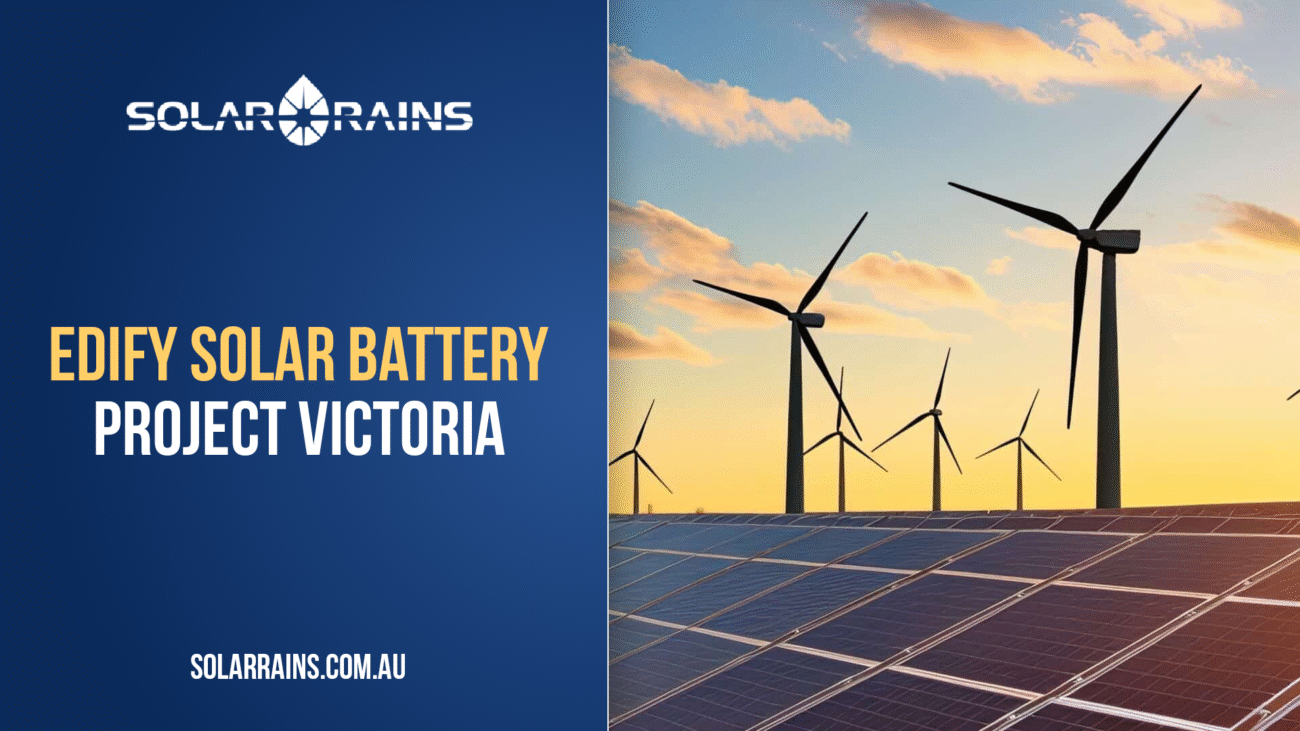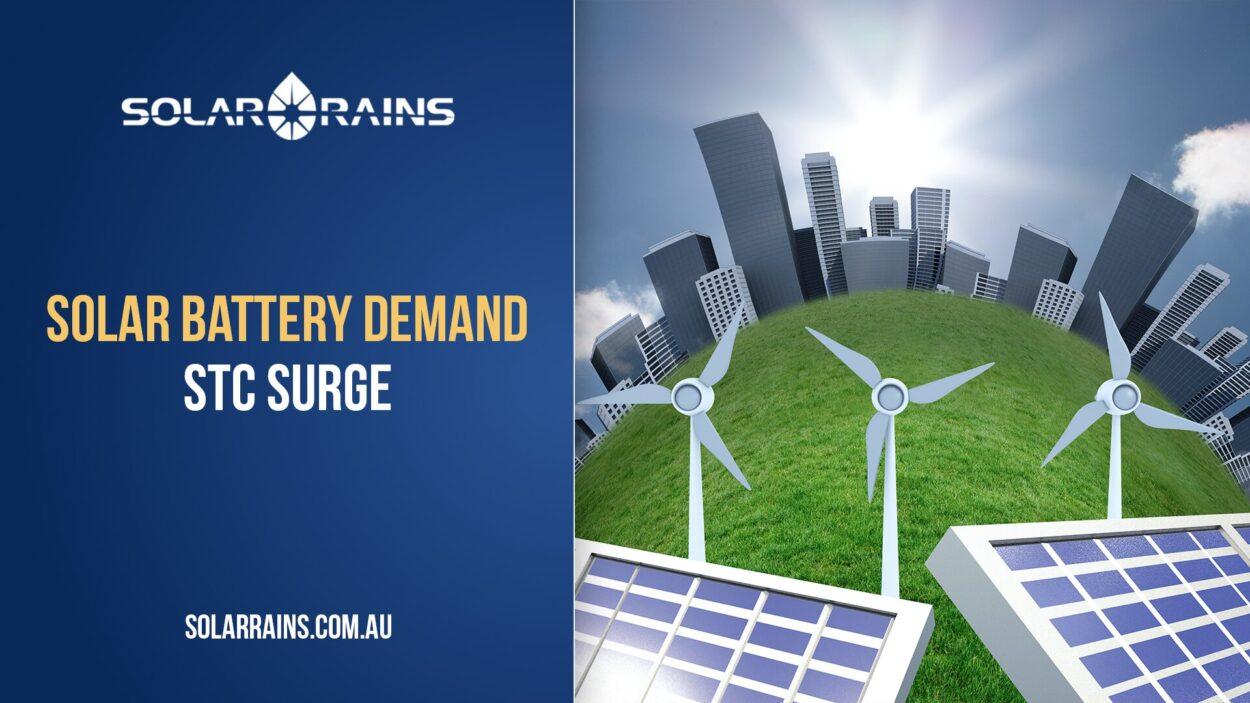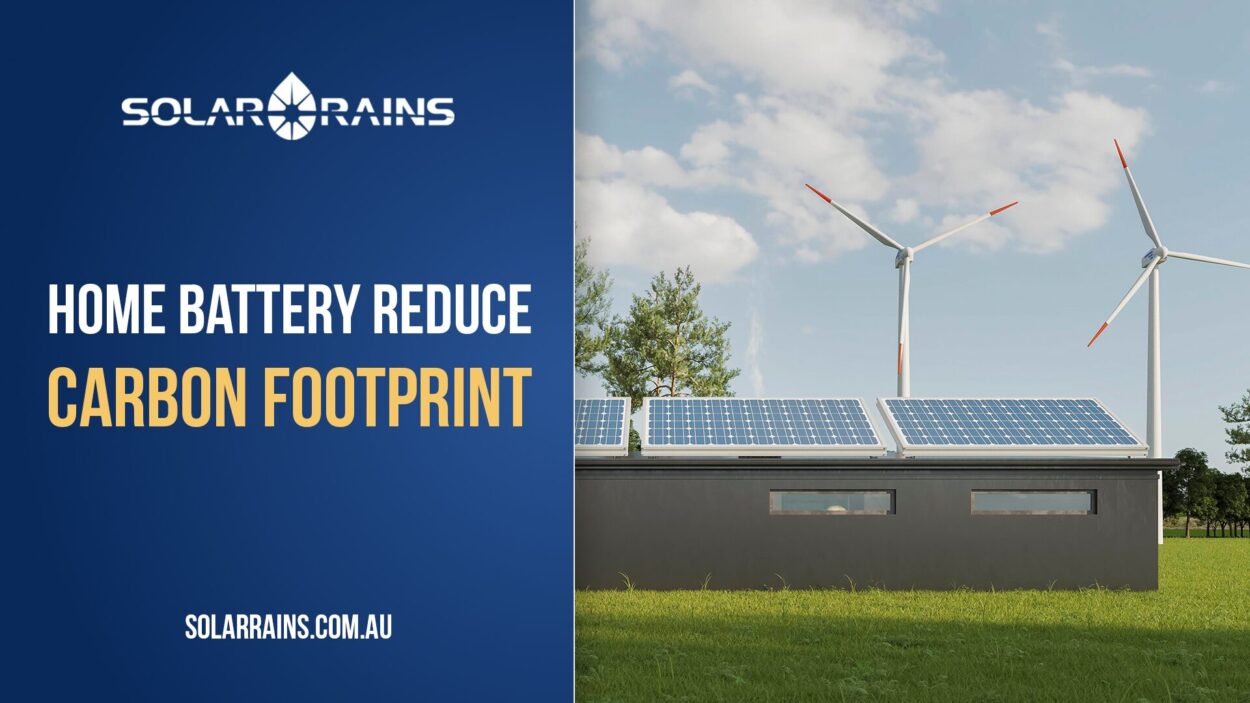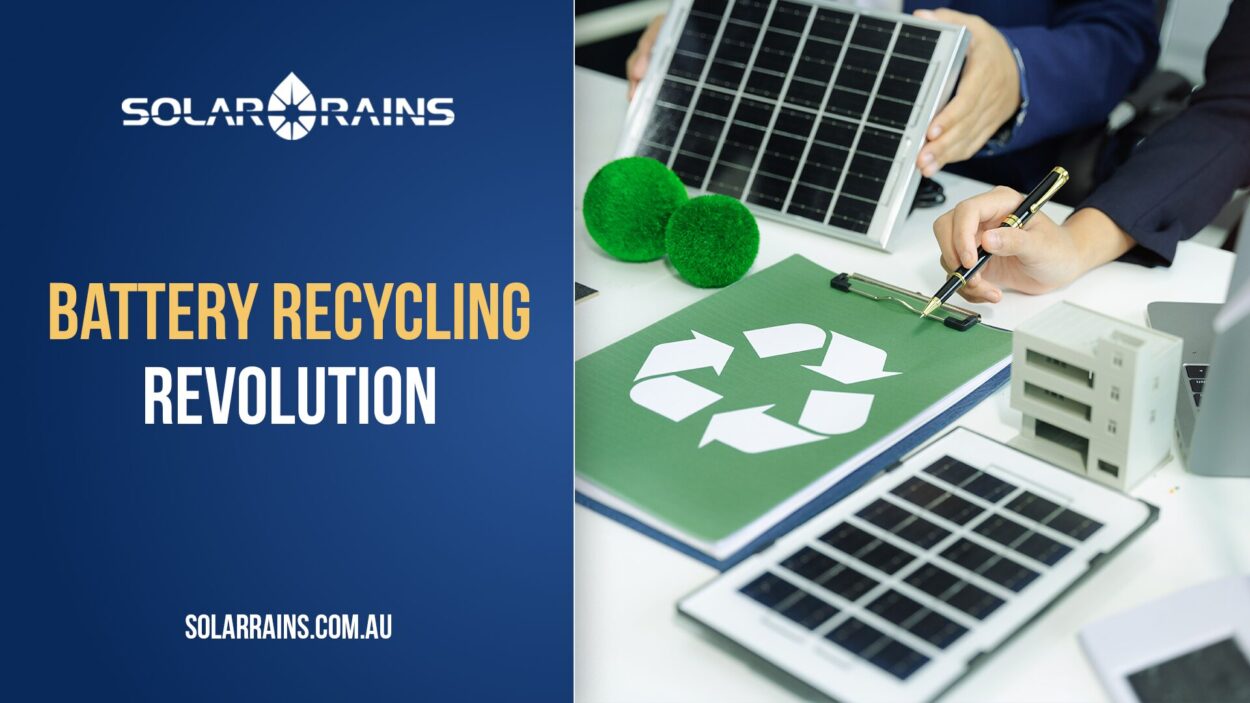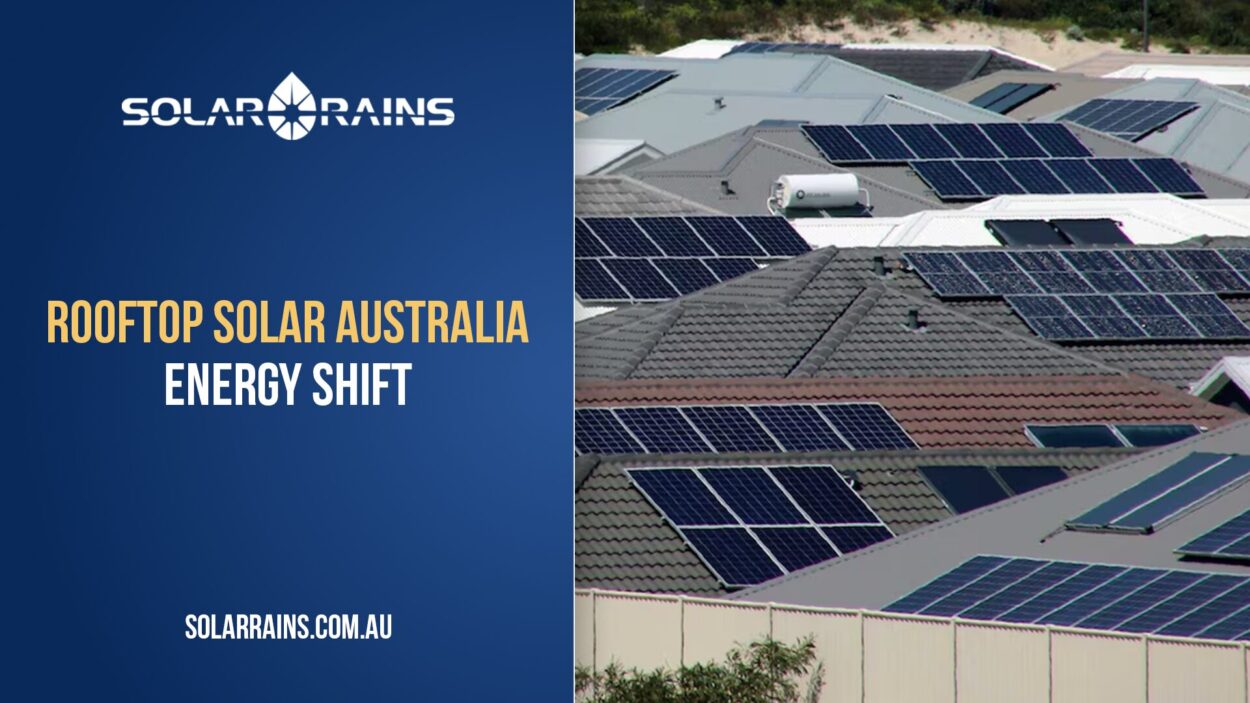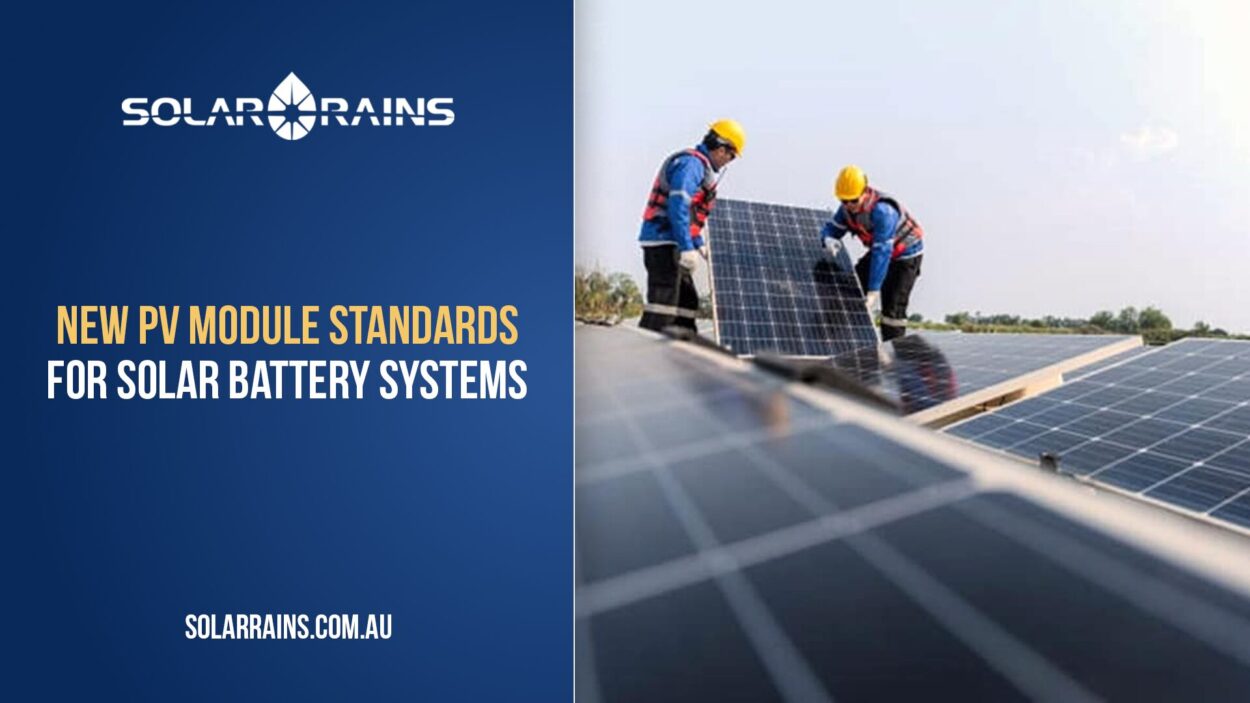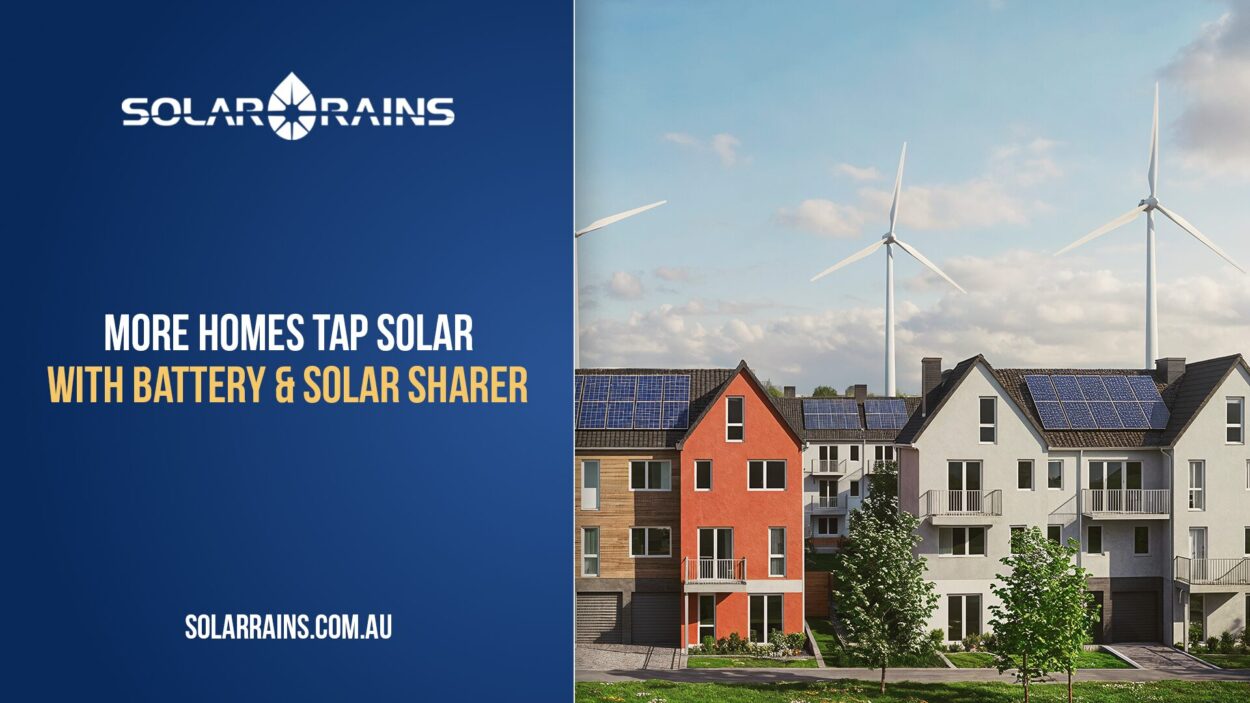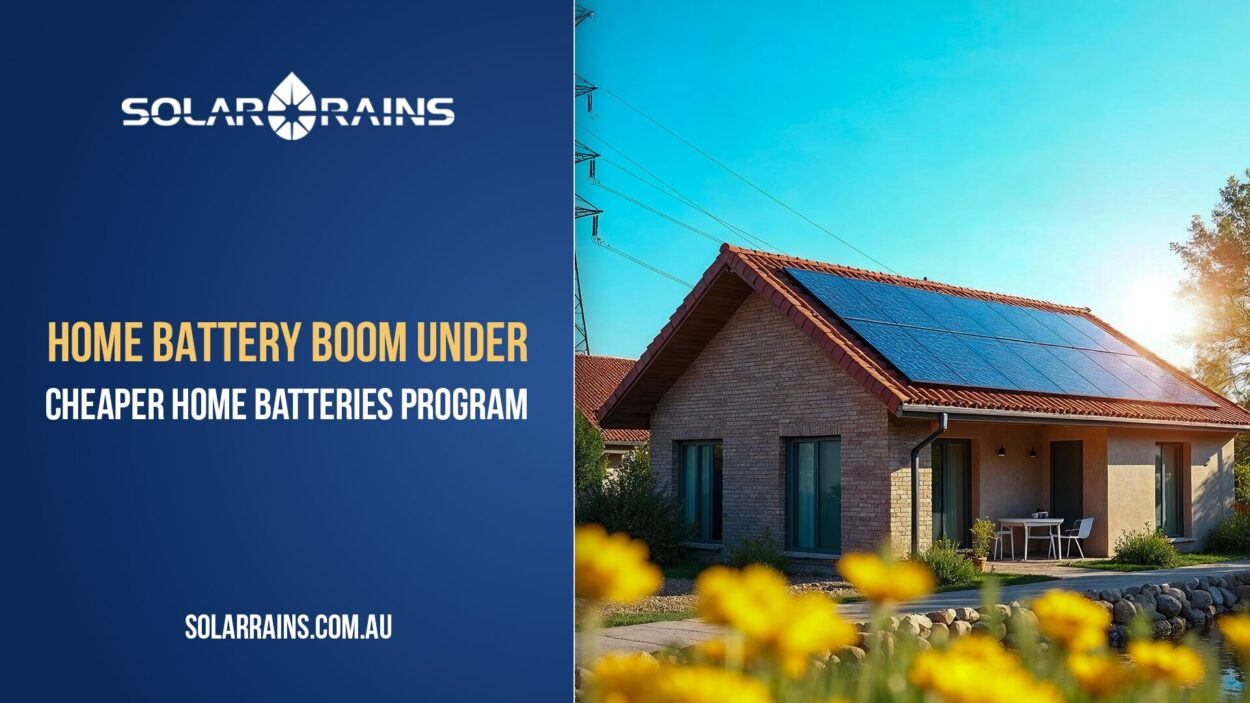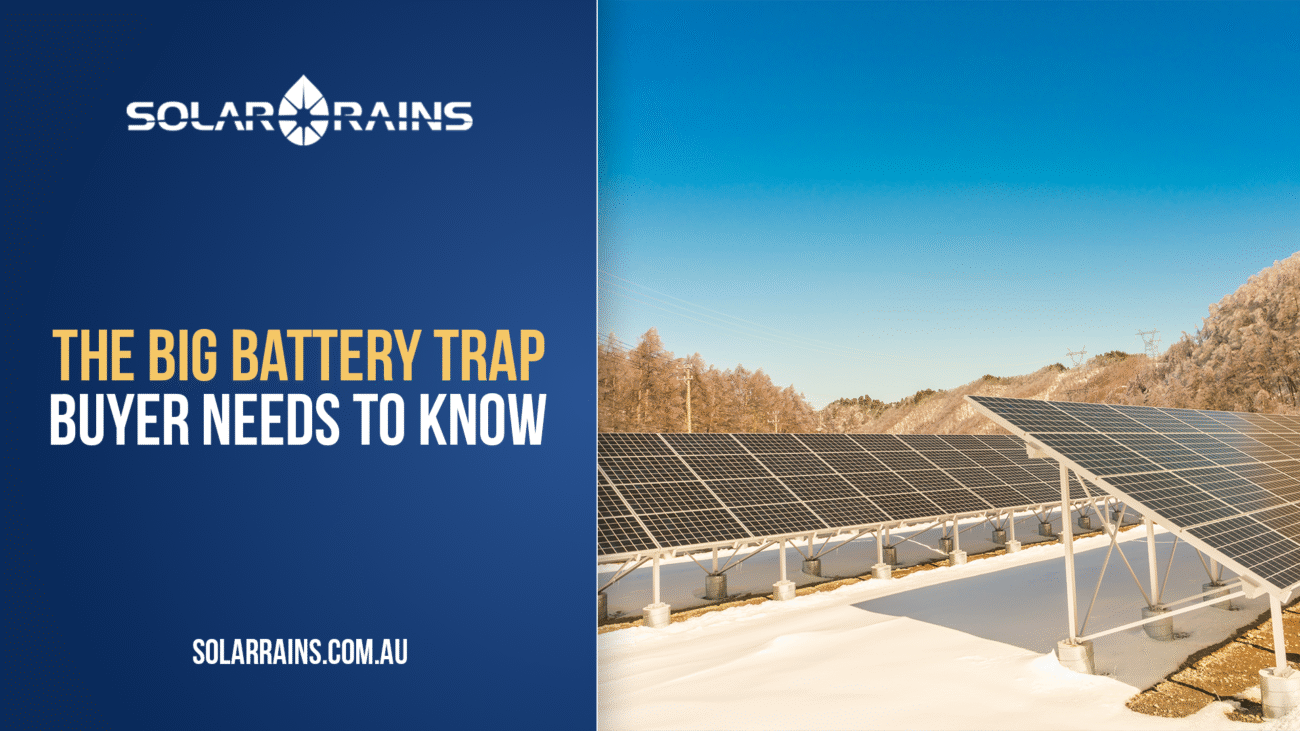A Landmark for Solar Battery Integration
Edify Energy has recently submitted a federal environmental referral for what could become one of Australia’s most transformative renewable infrastructure projects, the Nowingi Solar Power Station. Designed as a hybrid solar battery installation, the project proposes a 300 MW solar farm co-located with a 2.4 GWh battery energy storage system (BESS). If approved, this facility would become the country’s largest eight-hour battery system, a major milestone in the evolution of long-duration solar energy storage.
For residential users, commercial operators, and solar power suppliers, this development offers a glimpse into the next phase of Australia’s renewable energy transition. As extreme weather events, energy volatility, and grid reliability challenges grow, large-scale hybrid systems like Nowingi point to a future where solar battery integration becomes standard practice.
Project Overview: What Edify Is Planning
The proposed facility spans approximately 639 hectares, located 50 kilometres south of Mildura in northwest Victoria. According to Edify’s application under the Environment Protection and Biodiversity Conservation (EPBC Art), the site will be developed with environmental and agricultural sustainability in mind. The final project design allows for continued sheep grazing, maintaining a dual-use land model that aligns with sustainable development goals.
Key Specs:
- Solar capacity: 300 MW (AC)
- Battery capacity: 2,400 MWh (8-hour duration)
- Location: Near Nowingi, Victoria
- Construction: Expected to start in 2026, lasting ~18 months
- Job creation: ~250 workers during peak build
Connection to the grid will be facilitated via a new substation linked to AusNet’s existing 220 kV transmission line. This integration ensures high-voltage, high-capacity transmission, key to making such a large solar battery project commercially and technically viable.
Why Eight-Hour Solar Battery Storage Is a Big Deal
Traditional solar battery systems, especially in residential and commercial setups, typically offer four-hour storage. While sufficient for midday-to-evening shifting, this duration is less suited for covering overnight demand or smoothing supply through prolonged cloudy periods.
Eight-hour batteries, such as the one Edify is planning, provide longer-duration energy dispatch, enabling:
- Grid stability through peak demand periods
- Deeper renewable penetration into the energy mix
- Less reliance on fossil fuel peaker plants
- Greater capacity to support rural or fringe-of-grid communities
This aligns with Australia’s push to strengthen its clean energy infrastructure while reducing strain on existing transmission systems.
Environmental Impact & Sustainability
One of the project’s most commendable elements is its environmental planning. The site is being reviewed under the EPBC Act due to its overlap with habitat for up to 10 listed species. However, Edify has noted that it intends to design the facility in a way that minimises ecological disruption.
The dual land-use approach, integrating sheep grazing alongside solar infrastructure is increasingly common in Australian solar farms. It allows local landholders to maintain agricultural income while hosting energy infrastructure, increasing community buy-in and land-use efficiency.
By co-locating battery systems with solar panels, the project also reduces land-use duplication, improves cable efficiency, and limits infrastructure redundancy further contributing to the environmental and economic viability of the system.
Economic & Industry Implications
This solar battery project marks a shift in how renewable infrastructure is viewed, not just as a clean energy source but as a grid-strengthening tool. For solar product wholesalers, solar power suppliers, and system integrators, the project provides:
- New business opportunities in storage system supply, solar inverter manufacturing, and grid integration services
- A benchmark for hybrid battery design that can influence smaller regional projects
- Demand for specialised components like cable trays, MC4 connectors, hybrid inverters, and high-voltage protection systems
Companies like Solar Rains, which provide commercial-grade solar products and batteries, can align their product offerings with this new demand for long-duration systems.
Alignment with National Energy Strategy
The Australian Energy Market Operator (AEMO) has outlined the need for large-scale energy storage to balance intermittent solar and wind inputs. The Integrated System Plan (ISP) forecasts that Australia will require over 60 GW of storage by 2050.
The Nowingi solar battery project fits directly into this framework, offering both dispatchable energy and regional resilience in a state that frequently sees extreme weather.
Moreover, the project’s eight-hour battery capacity exceeds current norms and could set a new standard for solar supplier specifications and procurement practices in long-duration battery systems.
Community Impact & Job Creation
During construction, Edify expects to hire around 250 workers. For rural Victoria, this influx of skilled and semi-skilled job opportunities offers a significant economic boost. The longer-term presence of the solar battery site also ensures ongoing maintenance, monitoring, and operations roles.
In addition, the ability to retain sheep grazing aligns the project with the economic interests of local landowners. This reinforces Edify’s strategy of stakeholder engagement, which can serve as a model for other solar and battery developers across Australia.
Broader Industry Takeaways: Hybrid Is the Future
As solar battery systems evolve, hybrid models, those that integrate solar panels, inverters, and batteries in a single design are proving to be the most resilient and efficient. The Edify project represents:
- Best practice in system co-location
- Future-proofing through long-duration storage
- Sustainability via biodiversity & agriculture integration
- Scalable design with global applicability
For businesses in the solar products supply chain, this means adapting to a new industry norm: selling not just panels, but comprehensive, integrated energy solutions.
Related Products from Solar Rains
Solar Rains offers a wide range of products suited for hybrid solar battery systems, including:
- Swatten Stackable Battery (9.6–12.8kWh)
- Deye 6.14kWh Solar Battery
- Hybrid Inverters (Single & Three Phase)
- DC Cable, Cable Tray, & MC4 Connectors
These products are designed for both residential and commercial-scale solar battery installations and meet Australian electrical standards for safety and performance.
FAQs
Eight-hour systems provide longer backup, better grid integration, and cover overnight usage making them ideal for both utility-scale and future home applications.
Over time, increased supply and storage capacity may help stabilise prices and reduce the need for expensive fossil-fuel-based peaker plants.
Yes. Solar Rains supplies commercial-grade batteries, inverters, and accessories that are compatible with utility-scale and hybrid solar battery systems.
At 2.4 GWh, Edify’s battery surpasses most current systems, especially in terms of storage duration. It’s a national leader in long-duration hybrid design.
The project is currently being reviewed under the federal EPBC Act and may require additional local planning approvals before construction begins in 2026.
Conclusion: A Signal of Australia’s Solar Future
The proposed Edify solar battery hybrid project is more than just another renewable initiative, it’s a bold step towards grid resilience, energy independence, and climate action. For solar suppliers, product manufacturers, and customers alike, it signals a clear trend: hybrid systems with integrated storage are the future.
As Australia’s demand for solar products and batteries grows, projects like Nowingi will shape industry standards and offer new benchmarks for solar product wholesale, infrastructure resilience, and regional investment.

